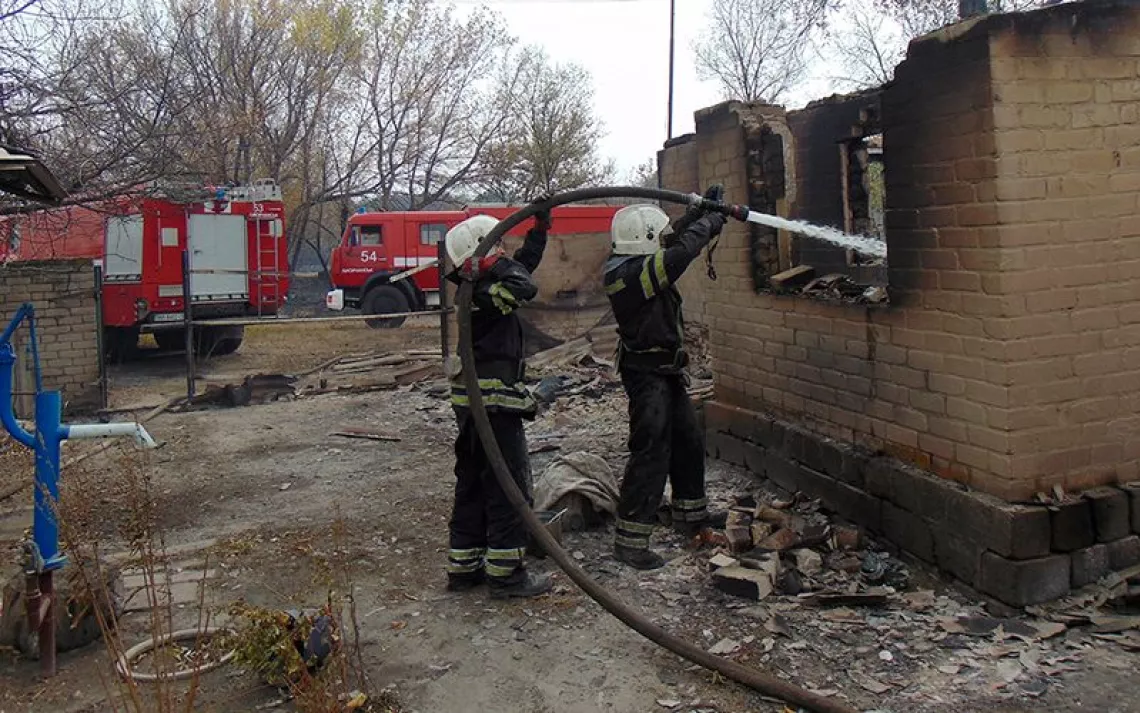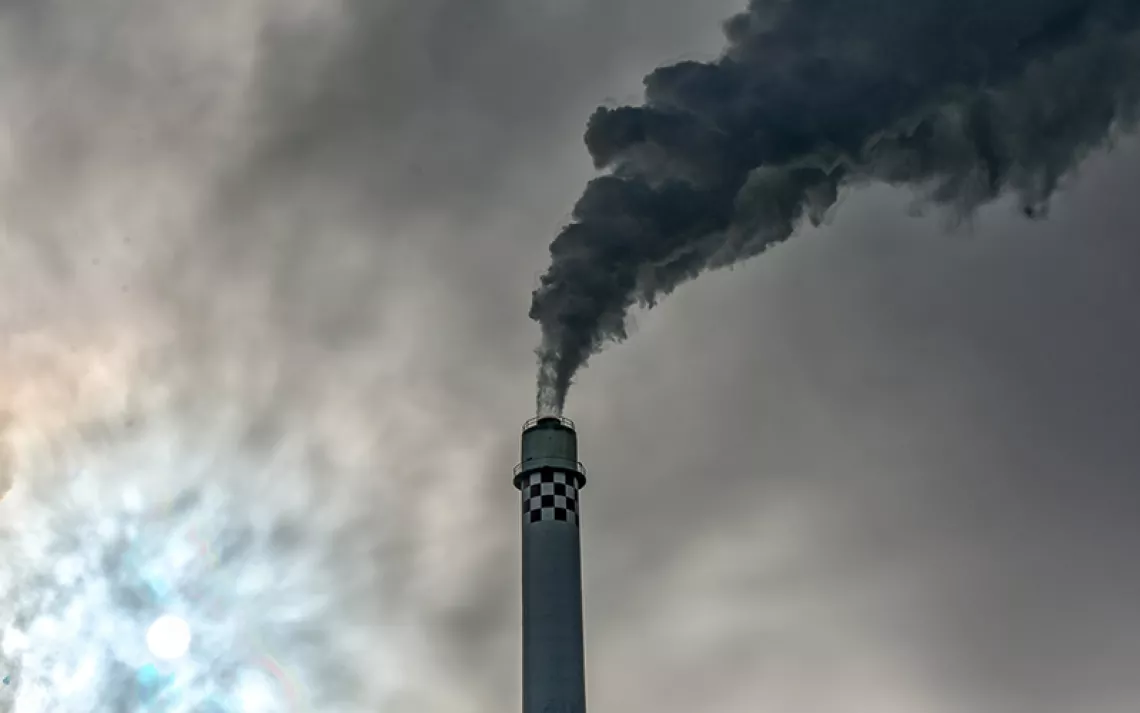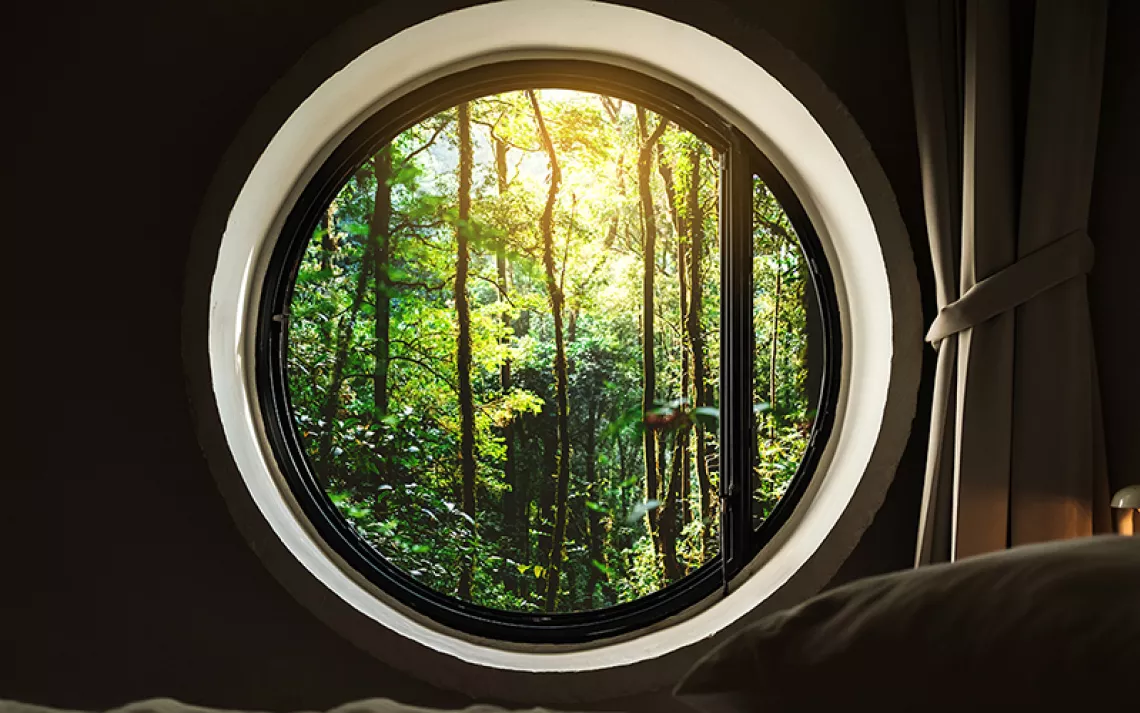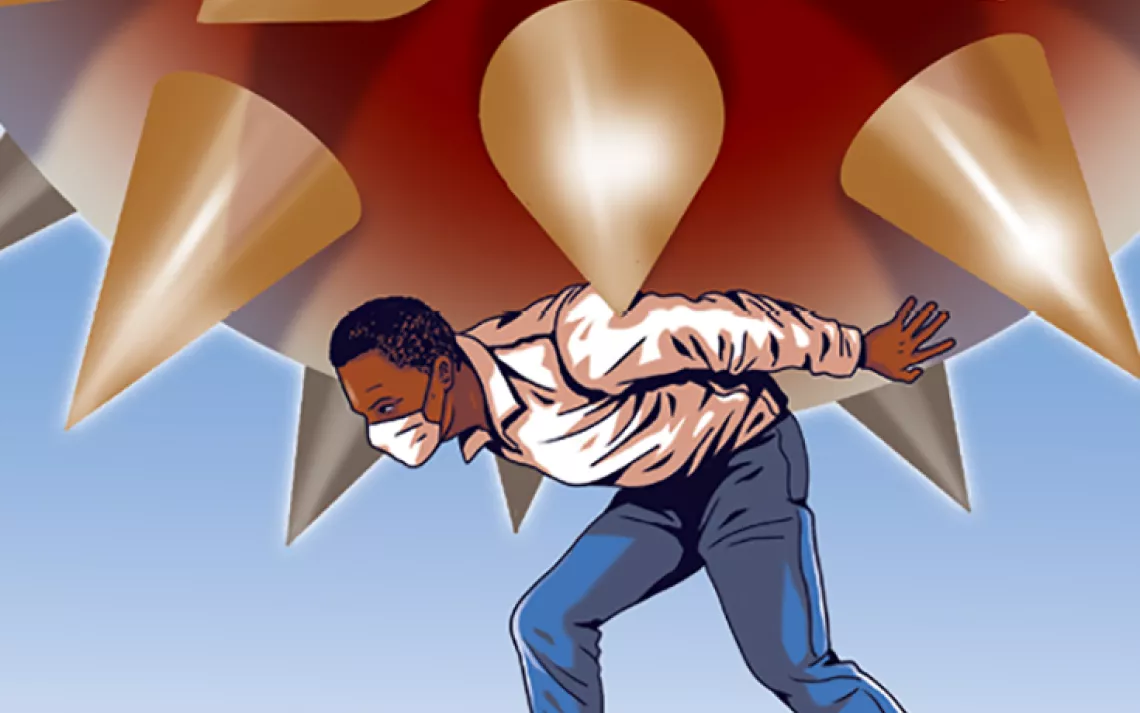If You Must Venture Out During COVID-19, Here's How to Do It
Outdoor social distancing 101
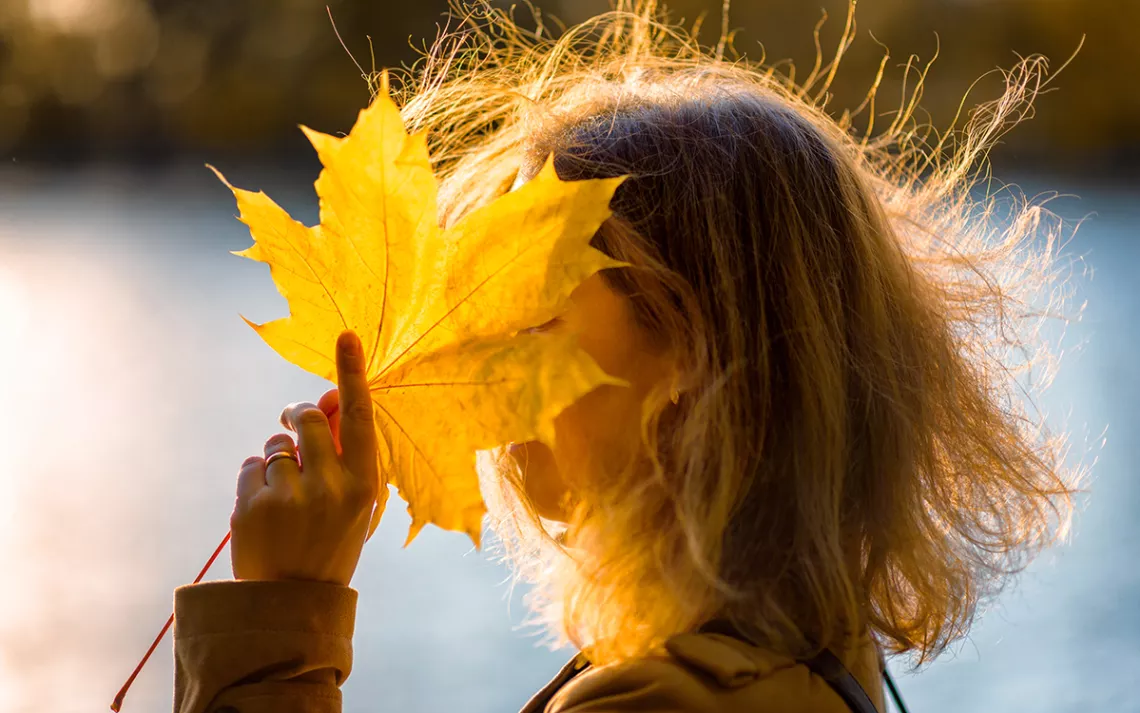
Photo by scaliger/iStock
Like many, my first thought upon receiving quarantine and social distancing directives was to look toward the outdoors. As far as we knew, I reasoned, the air hadn’t turned poisonous—it was people we needed to avoid, not nature. Unsurprisingly, it turned out many others were on the same page. In California, in particular, people flooded the Golden State’s parks and beaches rather than be stuck inside during the first week of sheltering in place. “This is why we can’t have nice things,” I thought, as miles and miles of beachfront access in my city of San Diego filled with newly minted outdoor enthusiasts and spring breakers.
“While we don’t have specific numbers,” says California State Parks information officer Adeline Yee, “many state parks and beaches received record visitation over the weekend, which made it impossible for the public to implement appropriate social distancing practices.” Yee is referring to the weekend of March 20 through 22, which saw soaring attendance at beaches, parks, and other outdoor areas in California and across the United States. By the following week, California had in response closed 98 state-operated parks and beaches to vehicle access.
On Monday, March 23, San Diego closed all beaches and parks due to high visitor numbers and a general failure to comply with six-foot social distancing recommendations. “People can still go outdoors, but please go outdoors close to home,” pleaded Mayor Kevin Faulconer in a statement. "This is about protecting each other.”
In New York, Governor Andrew Cuomo said people “can and should” hike outdoors for health reasons as long as they do so alone. Smaller entities, like the town of Keene in New Hampshire, have also advised people not to travel to hike, imploring them to instead do so close to their own homes. Back on the West Coast, San Diego Parks and Recreation Department spokesperson Tim Graham says that although the city cannot recommend that people leave their homes for anything other than essential goods, it is “understandable and beneficial for residents to get fresh air and exercise during this time.” He, too, says that if people do go out, they should “stay close to home and maintain social distancing instructions.”
All of which creates a serious conundrum: How does one go outside yet at the same time completely avoid people? Recommendations from experts are clear: Avoid any crowds and keep the adventure as small and hyper-local as possible. That means exercising common sense and courtesy—tools supposedly emphasized by this new practice of social distancing.
Again, it’s understandable and even recommended that people continue to go outside. “People are feeling compelled to go out because we are all social animals, and being locked up and isolated is against our nature,” says licensed therapist Mirriam Torres Brinkmann. “Our instinct is asking us to go out, to get that calming effect nature has, to move, and to socialize.”
Dr. Brinkmann adds that a compelling amount of research shows that not getting enough time in nature is detrimental to our mental health. “The ‘nature deficit disorder,’ coined by Richard Louv, although not recognized by the DSM-V, could be the cause of behavioral problems in children and depression in adults. Spending hours in front of a screen is the last thing anybody with depression and anxiety risk should do,” she explains. “There is also a growing approach to mental health called ecotherapy, which states a firm connection between the time spent in nature and reduced stress, depression and anxiety.”
Suzanne Willard, associate dean of global health at the Rutgers School of Nursing, agrees that access to the outdoors is beneficial and outlines some best practices to stay safe. “Being in rural areas, we get a relaxed sense of safety; however, we then interact with people, eat in restaurants, use public restrooms, et cetera,” Willard says. “Best practices would be to keep distance, don’t use public amenities that others would touch, or that you would touch and leave the virus behind.”
In addition to people avoiding amenities like bathrooms, California State Parks recommends they stay home if sick, venture out only with people in their immediate household, walk around their neighborhoods and enjoy neighborhood parks, always maintain a physical distance of six feet or more when recreating in the outdoors, and not congregate in parks. It also advises leaving parks in the event physical distancing cannot be maintained—for example, on crowded or too-narrow trails. The service also instructs people to stay close to home when going outdoors. “This is not the time for a road trip to a destination park or beach,” a March 26 California State Parks press release instructs. In that vein, the service recommends that people directly drive from home to their adventure location and back, in order to avoid putting undue burden on gateway towns.

Other entities, like the National Park Service, have relaxed access to its parks while issuing distancing guidelines similar to those of California State Parks for people who still choose to visit the parks that remain open. “Where it is possible to adhere to this guidance,” the NPS website says of recommendations from the CDC, “outdoor spaces will remain open to the public and entrance-fee free.”
In addition to emphasizing social distancing procedures, the NPS also says to practice Leave No Trace (LNT) principles—which could prove particularly important in instances in which parks are forced to close facilities like bathrooms. When hiking or camping, LNT means packing out toilet paper and hygiene products; depositing solid human waste in catholes dug six to eight inches deep and far from water, camp, and trails; and washing bodies and dishes only after carrying water 200 feet away from streams or lakes.
For those who don’t have easy access to outdoor areas, Dr. Brinkmann suggests finding homebound alternatives. “They should try to play nature sounds—like birds, rain, or ocean—and take breaks from the screen as often as possible,” she suggests. “They can also meditate and imagine they are in nature—what would they see, smell, hear, and feel?”
Indeed, the COVID-19 crisis offers a bittersweet opportunity to make our individual worlds smaller and therefore more manageable and sustainable. To that end, Kainoa Horcajo, director of culture at Maui’s Waldorf Astoria Grand Wailea Resort and cultural adviser and trainer to the county of Maui, Haleakala National Park, and the state of Hawaii, says that regardless of outdoor access or official directives, now is a time to reflect on our relationship with our environment, whether social or natural.
“Everyone is talking about the love-hate relationship that we have with tourism. Especially in Hawaii, there is so much build-up of frustration at the beaches being crowded, our natural resources being crowded. Often, our first inclination is to complain,” he says. “But now that we don't have the crowds, it's a really good reminder of, ‘Hey, now this is how it is.’ We don’t get to reminisce anymore about how empty this beach used to be before the tourists found it—we now have to think about why it is no longer crowded and how that makes us feel.”
He suggests we all ask ourselves questions about our favorite spots in nature and society: How do we look at this place after this passes? How can we behave and change our behaviors so that we continue to feel this good feeling of having our personal space in nature while giving others theirs as well?
Horcajo offers a scenario to further consider: “You know if you get to a beach and the spots are all taken up, so you just jam the car in the bushes and go anyway? Now, we have to turn away because there are too many people. But we're still selfish. We're still not thinking about, say, the load on nature at this point. We're just thinking, ‘I don't want to be around people and get sick.’ But overloading our natural environment is what got us into this mess in the first place, so now we have a chance to consider that and carry this new knowledge forward."
If avoiding other humans during the coronavirus crisis is what’s going to keep us safe, healthy, and alive, then being able to go outside, many concur, is what will help keep us sane. Experts are in agreement—if we can responsibly apply the social distancing principles we implement in cities to being outdoors, then not only will we get to keep our access to nature, we just might get our access to people back too.
 The Magazine of The Sierra Club
The Magazine of The Sierra Club
